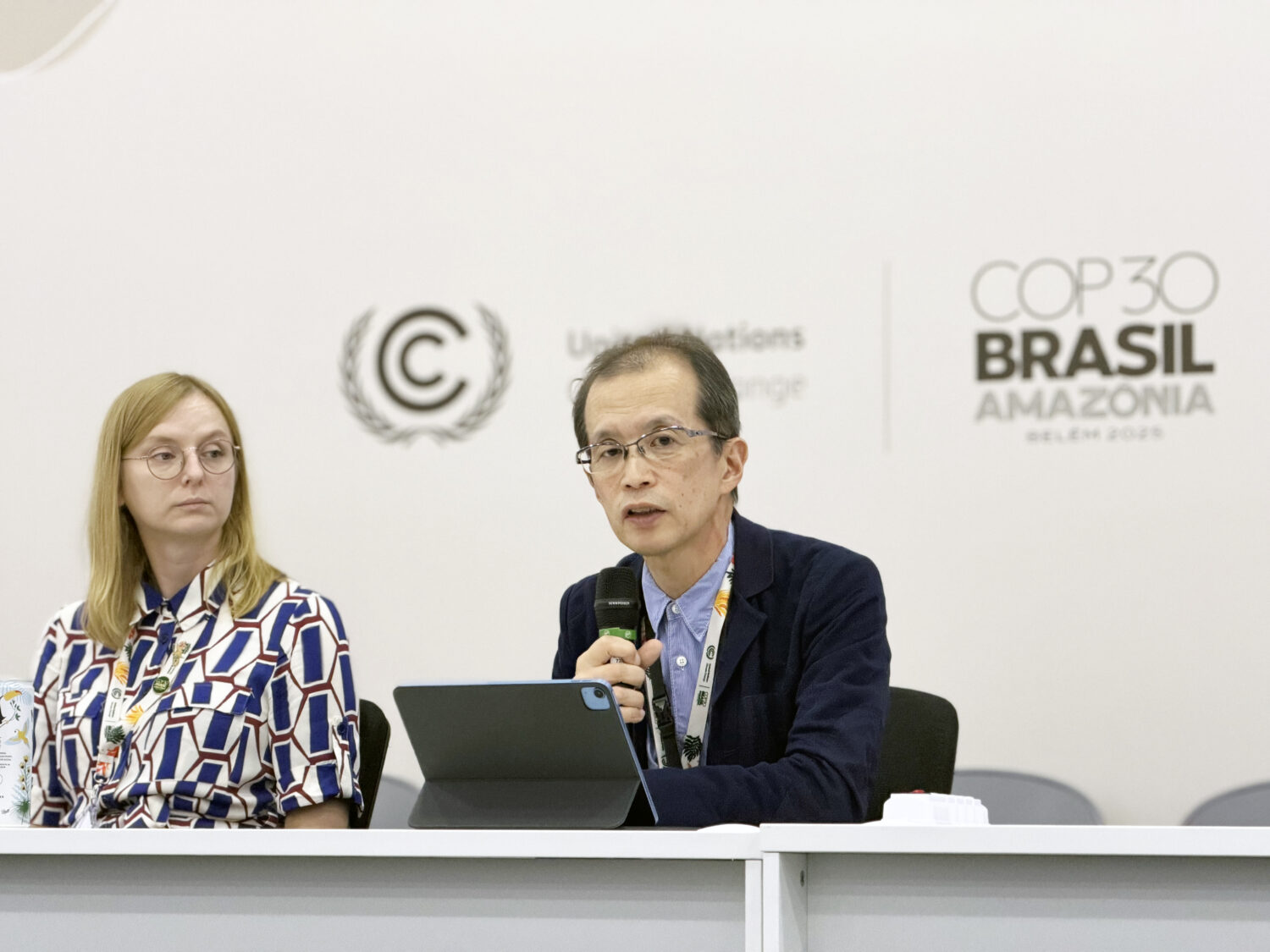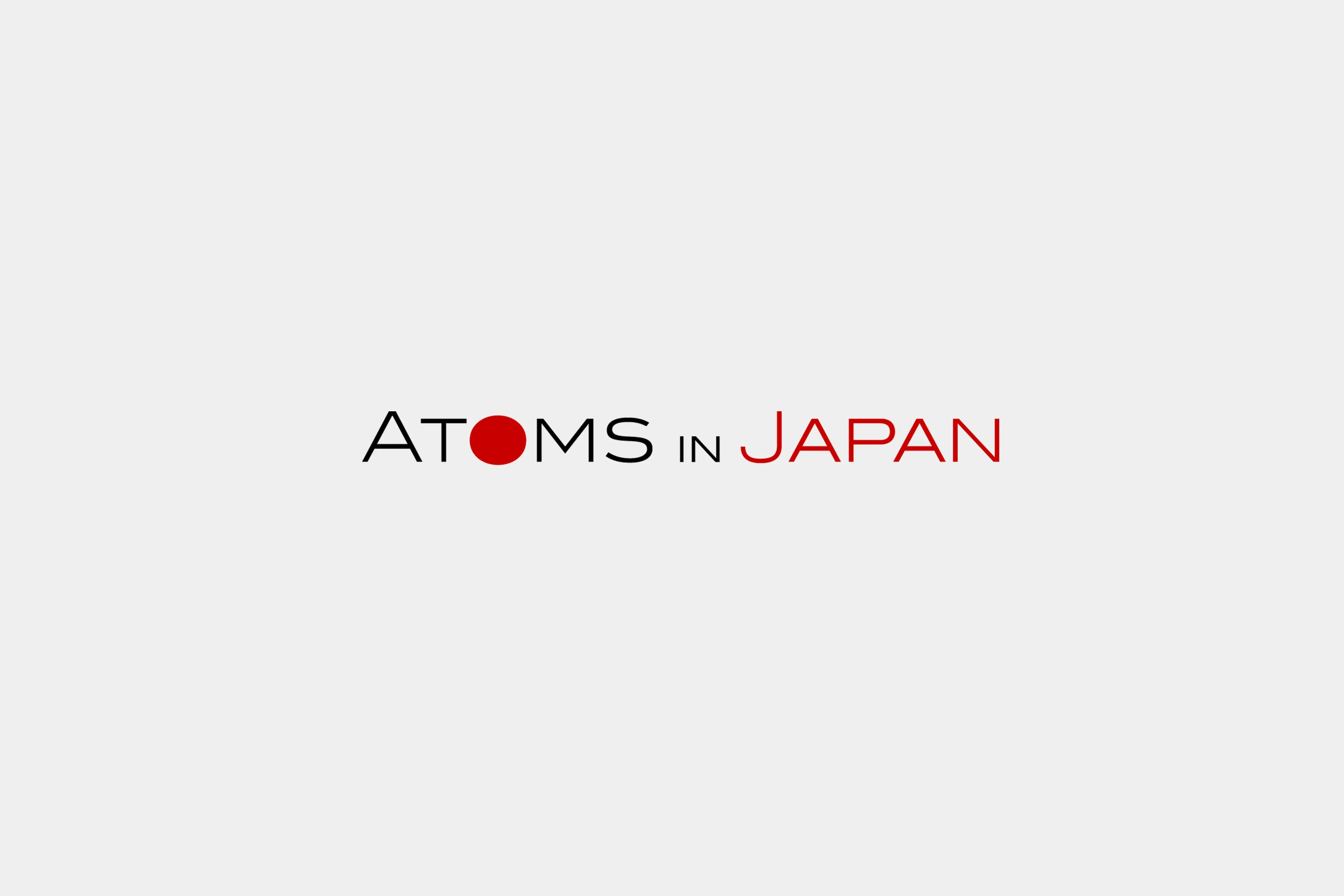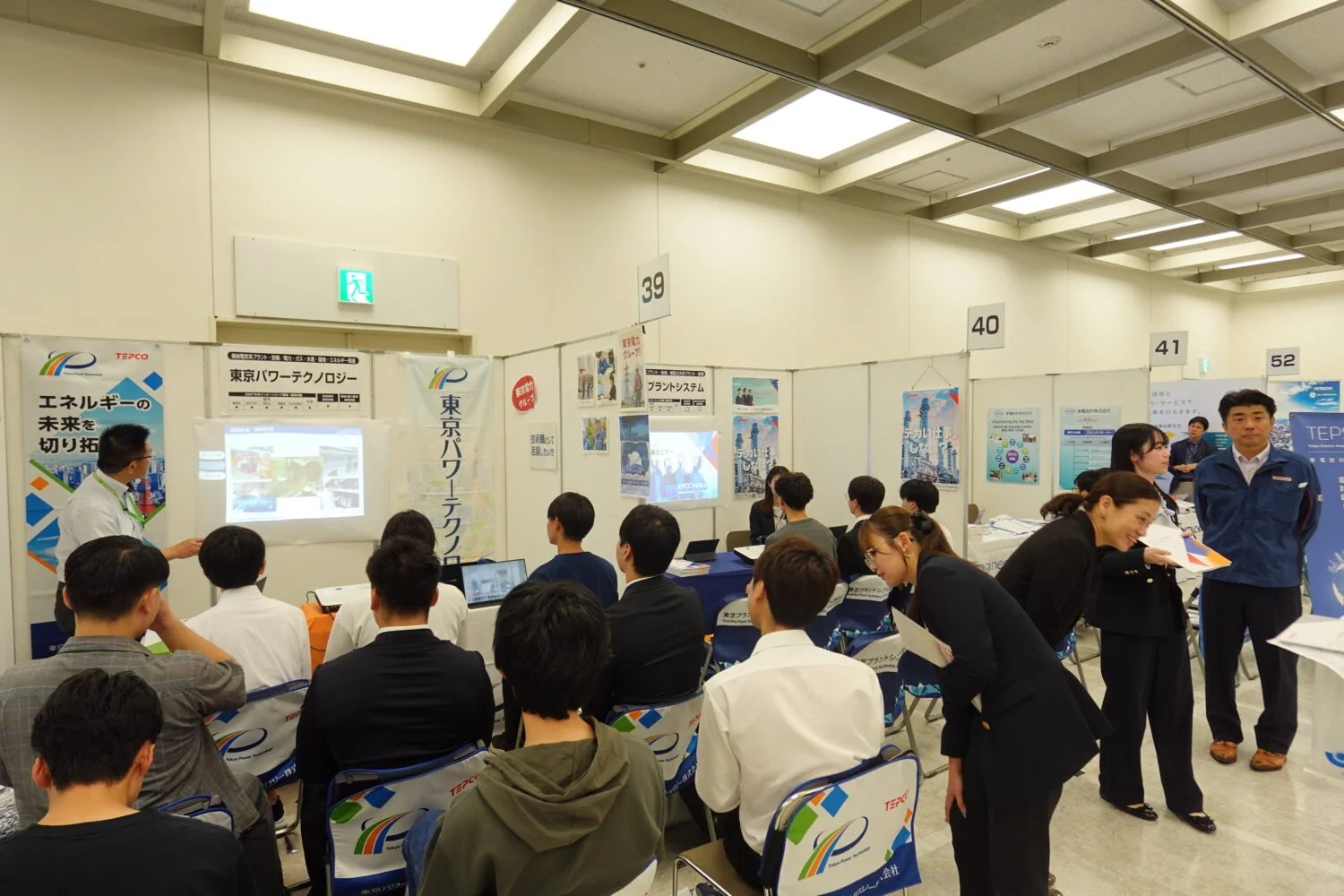The 2025 session brings together 28 trainees: 18 from 13 overseas countries (Bulgaria, Estonia, India, Indonesia, Kazakhstan, Malaysia, the Philippines, Poland, Romania, Saudi Arabia, Singapore, Slovenia, and Thailand) and 10 from Japan.
Over the course of approximately three weeks, participants will take part in lectures and group work at the University of Tokyo’s Hongo Campus, as well as technical tours to a range of facilities, including the Tokyo Electric Power’s Fukushima Daiichi site, Tohoku Electric Power’s Onagawa Nuclear Power Plants and its PR center, Japan Atomic Energy Agency (JAEA)’s Nuclear Safety Research Reactor (NSRR) and the Integrated Support Center for Nuclear Nonproliferation and Nuclear Security (ISCN), the industrial exchange facility “CREVA Okuma,” and Chiyoda Technol Corporation’s Oarai Research Center.
At the opening ceremony, DEMACHI Kazuyuki, Associate Professor at the Graduate School of Engineering, University of Tokyo, who serves as chair of the organizing committee, warmly welcomed the trainees. He emphasized that the relationships built during the course would serve as valuable professional networks in the future, while encouraging participants to take care of their health in the midst of Japan’s summer heat to ensure a fruitful experience.
Following him, MASUI Hideki, President of the Japan Atomic Industrial Forum (JAIF), expressed gratitude to the IAEA and other stakeholders, urging trainees to take an active and proactive role in discussions, particularly in group work sessions.
From the IAEA, HUANG Wei, Director of the Division of Planning, Information and Knowledge Management (NEPIK) in the Department of Nuclear Energy, highlighted the growing global need for nuclear specialists and leadership. He stressed the importance of building international networks and sharing knowledge and experience in cooperation with governments and educational institutions.
Closing the ceremony, UESAKA Mitsuru, Chairman of the Japan Atomic Energy Commission, underlined the significance of learning from other countries’ expertise and policies, and of drawing on IAEA standards and international efforts in exploring what best suits each participant’s home country. He also encouraged participants to share the knowledge and insights gained during the program with their families and friends upon returning home, noting that such exchanges would help shape the future of nuclear energy worldwide.









.jpg)
